The right ski size makes a big difference in your performance on the slopes. Here's what you need to know:
-
Waist Width: Impacts edge control and floatation in snow.
- For groomed trails: 70–90 mm.
- All-mountain versatility: 88–100 mm.
- Powder/off-piste: 105–130 mm.
-
Ski Length: Affects stability and speed.
- Beginners: Shorter skis (chin-height).
- Intermediate: Chin to nose height.
- Advanced: Nose to above eyebrow height.
- Skill Level: Beginners benefit from shorter, softer skis for easier handling, while advanced skiers often choose longer, stiffer skis for speed and stability.
- Terrain: Match your skis to where you ski most often. Narrower skis are better for hard-packed snow; wider skis excel in powder.
- Physical Build: Heavier skiers may prefer wider skis for better weight distribution.
If you're looking for compact, portable options, short skis like Snowfeet models (44–65 cm) are great for agility and easy storage.
| Ski Type | Waist Width (mm) | Best For |
|---|---|---|
| Groomed/Hardpack | 70–90 | Precise edge control |
| All-Mountain | 88–100 | Versatility in mixed terrain |
| Powder/Off-Piste | 105–130 | Deep snow and backcountry use |
Choosing the right skis depends on your skill level, terrain, and snow conditions. Keep these factors in mind to find the perfect fit for your skiing style.
Ski Width and Length Basics
Waist Width Effects on Skiing
The waist width of your skis plays a big role in how they perform across different snow conditions and terrains. For instance, the annual 666 inches of snowfall at Mt. Baker demands a different ski setup compared to other regions.
Here’s a quick guide to waist width ranges for various terrains:
| Terrain Type | Waist Width (mm) | Best For |
|---|---|---|
| Groomed/Hardpack | 70–90 | East Coast, carving, moguls |
| All-Mountain | 88–100 | Mixed conditions, versatility |
| Powder/Off-Piste | 105–130 | Deep snow, backcountry |
Your local snow conditions should guide your choice. For example, wetter snow in areas like Washington and Alaska often calls for skis in the 90–105 mm range to maintain the right balance of float and control.
"Picking an all-mountain ski can be a daunting task. The category itself covers a wide range of styles from groomer-oriented skis to more powder-friendly designs."
- John Ellings, Switchback Travel
Once you’ve figured out the right waist width, the next step is determining the best ski length for your needs.
Picking the Right Ski Length
While waist width impacts turning and float, ski length affects stability and speed. Height is the primary factor for choosing ski length, but adjustments should be made for weight and skill level. Beginners should stick to shorter skis - generally between floor and chin height (about 140–150 cm) - to make control easier. Intermediate skiers might prefer skis that reach between their chin and nose, while advanced skiers often go for longer skis that extend to or above their eyebrows.
| Your Height | Beginner Length (cm) | Intermediate Length (cm) | Advanced Length (cm) |
|---|---|---|---|
| 5'4" | 140–160 | 150–170 | 160–170 |
| 5'8" | 150–170 | 160–180 | 170–180 |
| 6'0" | 160–180 | 170–190 | 180–190 |
Other factors, like your weight and skiing style, can also influence ski length. For example, aggressive skiers often prefer longer skis for better stability at high speeds. If your skis have a pronounced rocker design, you may need to size up to ensure proper edge engagement.
Ski Size Guide by Terrain and Skill
Resort vs. Off-Piste Skiing
The type of terrain you frequent plays a big role in determining the right ski dimensions. Skis designed for groomed runs at resorts differ significantly from those built for off-piste adventures in deep powder.
For resort skiing on groomed trails, you'll want skis with a narrower waist - typically in the 75–90 mm range. These skis, often featuring a traditional camber profile, excel at providing precise edge control and quick transitions. Their design ensures solid grip and stability on firm, hard-packed snow.
If you're venturing off-piste into powdery terrain, wider skis are the way to go. Skis with a waist width of 100–110 mm or more offer the flotation needed to glide over soft snow. Many of these skis feature a pronounced rocker profile, where the tip and tail curve upward, helping you stay on top of the snow rather than sinking into it.
| Terrain Type | Waist Width | Profile | Best Conditions |
|---|---|---|---|
| Resort/Groomed | 75–90 mm | Traditional Camber | Hardpack, Groomed |
| Mixed Resort | 88–100 mm | Hybrid Rocker/Camber | Variable Conditions |
| Off-Piste | 100–110 mm+ | Pronounced Rocker | Powder, Soft Snow |
Now, let’s dive into how beginners can find skis that make learning easier and more enjoyable.
Best Skis for Beginners
When you're new to skiing, the right equipment can make all the difference. Certain ski dimensions and features can simplify the learning process and help build confidence on the slopes.
"There is actually no such thing as a 'Beginner's Ski.' Instead, there are some skis that will work particularly well for inexperienced skiers, and some that don't - and this has to do with the shape, width, flex patterns, and weights of the ski."
For beginners, here are the key factors to consider:
- Width: Opt for skis with a waist width between 85–105 mm. This range strikes a balance between stability and maneuverability. For example, the Snowfeet Mini Ski Skates (38 cm) are designed to give new skiers better control.
- Length: Shorter skis, reaching about chest or chin height, are easier to handle and provide better control, especially when learning to turn.
- Profile: Look for skis with both tip and tail rocker. This design helps with smoother turn initiation and reduces the likelihood of catching an edge.
Snowfeet's designs cater to these needs, offering a blend of performance and ease of use that aligns well with all-mountain skiing principles.
Snowfeet Short Skis vs. Standard Skis
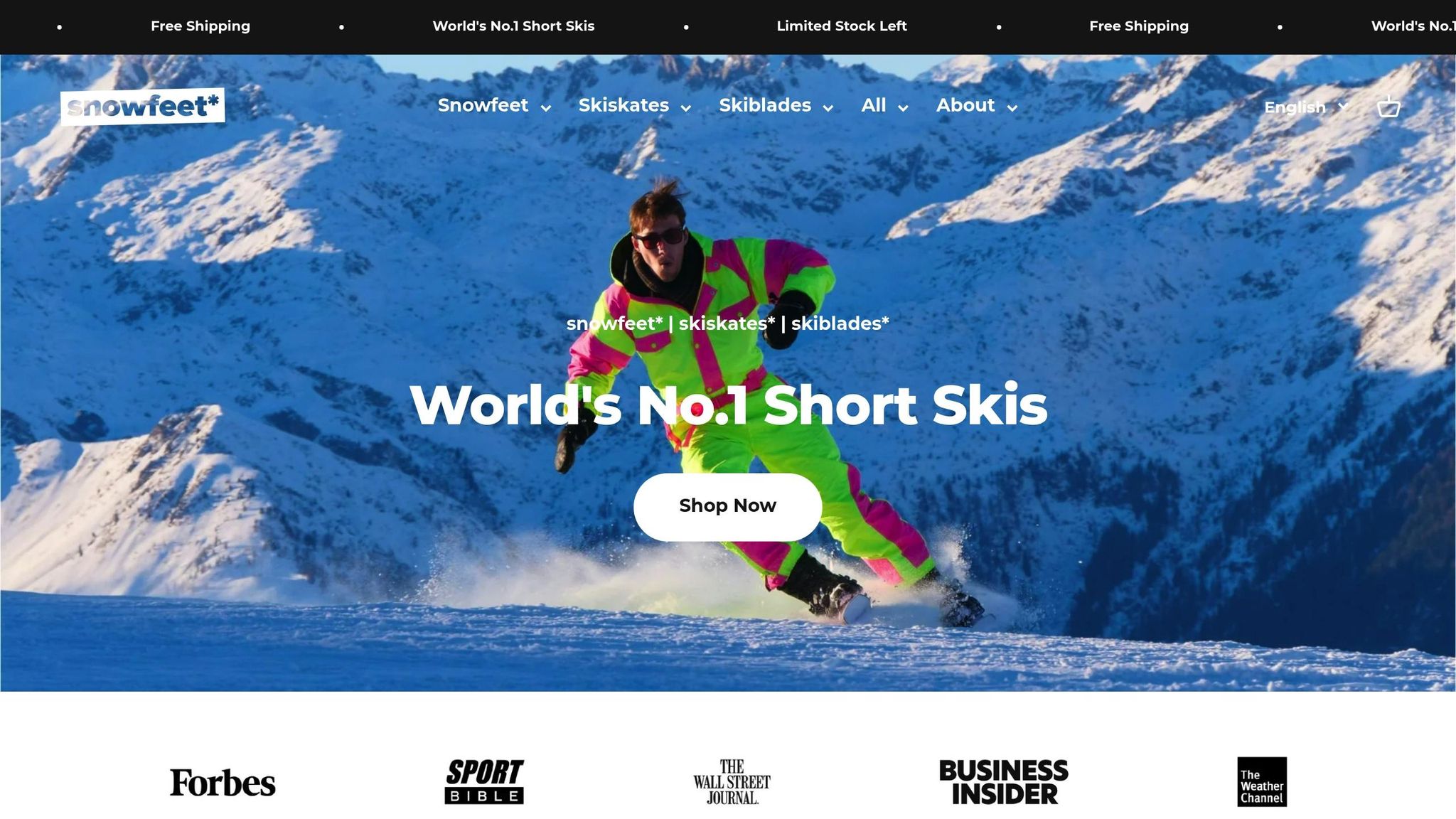
Travel and Storage Benefits
Hauling around traditional skis, often over 170 cm long, can be a real hassle. They take up a lot of space and usually need special storage solutions. Snowfeet, on the other hand, offers a much more compact alternative. Their lineup includes models like Skiskates (44 cm), Snowfeet PRO (50 cm), and Skiblades (starting at 65 cm). These sizes make a big difference - Skiskates, for instance, can fit into a standard backpack and work with winter or snowboard boots, so there's no need for bulky ski boots. This convenience has made Snowfeet a hit, with over 50,000 skiers opting for these compact options.
| Equipment Type | Length | Storage Space Needed | Boot Compatibility |
|---|---|---|---|
| Traditional Skis | 170+ cm | Dedicated ski rack or bag | Ski boots only |
| Snowfeet Skiskates | 44 cm | Fits in a standard backpack | Winter or snowboard boots |
| Snowfeet PRO | 50 cm | Fits in a day pack | Winter or snowboard boots |
| Snowfeet Skiblades | 65 cm | Fits in a carry bag | Winter or snowboard boots |
Now, let’s look at how these shorter skis perform on the slopes.
How Short Skis Handle
Short skis are all about agility and control, making them ideal for recreational skiing. Their compact design allows for quicker turns and easier handling, especially in challenging spots like moguls or terrain parks. Rick Paris, Technical Director at The Short Ski Shop, sums it up perfectly:
"Short skis make skiing easier for most people in most situations."
Here’s a comparison to put it into perspective: a typical rental ski, around 160 cm long, has a turning radius of 14–22 meters. Snowfeet’s shorter skis, however, offer:
- Better edge control for confidence on the slopes
- Easier speed management
- Faster response to terrain changes
- Less physical effort when turning
This added maneuverability means beginners and intermediate skiers can pick up skills more quickly. Rick Paris emphasizes this point:
"With blades, you'll quickly become a better skier than you imagined, as they respond well to your commands and inspire confidence from the start."
While longer skis may shine when it comes to stability at high speeds or tackling deep powder, short skis hold their own in recreational, all-mountain settings. Here’s how they compare:
| Performance Aspect | Short Skis (Under 100 cm) | Traditional Skis (170+ cm) |
|---|---|---|
| Turn Initiation | Quick and responsive | Requires more effort |
| Speed Control | Easier to manage | Demands greater skill |
| Learning Curve | Faster progress | Steeper learning curve |
| Terrain Park Agility | Highly maneuverable | Less nimble |
| Storage & Transport | Minimal space required | Needs dedicated storage |
sbb-itb-17ade95
The RIGHT Size SKI: What Size Should You BUY?
Conclusion: Choosing Your Skis
Picking the perfect all-mountain skis comes down to finding the right width and length. For a balance between carving on groomers and floating in softer snow, skis with waist widths between 88-102mm are a solid choice.
"When deciding the right waist width for you, remember you're picking for the conditions you actually ride, not the one you wish you were riding (that's what powder skis are for)."
In recent years, ski designs have become even more versatile. Take Snowfeet's lineup, for example. Their compact skis, ranging from 44cm to 120cm, stand out for their portability and control. With an impressive 4.9/5 rating from over 1,000 reviews, they’re clearly making waves in the skiing world.
"With these little skis, you feel much more agile, faster, and above all – comfortable. No buckles, no heavy boots – just strap in and go."
Here’s a quick breakdown of ski types to help guide your decision:
| Ski Type | Best For | Typical Width Range |
|---|---|---|
| Frontside Skis | Groomed Runs | 82-88mm |
| All-Mountain | Mixed Conditions | 88-102mm |
| Powder Skis | Deep Snow | 100mm+ |
Ultimately, your choice should reflect the terrain you frequent and your skill level. Whether you prefer the traditional feel of longer skis or the agility of shorter designs, matching the dimensions to your needs ensures a fun and rewarding experience on the slopes.
FAQs
How do I pick the right ski length based on my height and experience?
Choosing the right ski length comes down to two main factors: your height and skill level. A good rule of thumb is that skis should stand somewhere between your chin and the top of your head when you're upright.
If you're a beginner, shorter skis within this range are usually the way to go. They’re easier to handle and give you more control as you learn. For experienced skiers, longer skis are often preferred because they provide greater stability and allow for higher speeds.
Let’s say you’re 5'10" (178 cm) - a solid starting point would be skis between 165–185 cm. If you’re just starting out, stick closer to 165 cm. On the other hand, if you’re more advanced, skis closer to 185 cm could be a better fit. Don’t forget to factor in your skiing style and the type of terrain you’ll be tackling before making your final choice.
What makes Snowfeet short skis a better choice than traditional skis?
Snowfeet short skis bring some distinct perks to the table that set them apart from traditional skis. Their smaller size means they’re super easy to maneuver, making it a breeze to zip through tight spaces or handle different types of terrain. Plus, they’re ideal for beginners since they’re less tricky to control, which makes the learning process faster and way more fun.
Another big win? Snowfeet short skis are light and portable, so you can carry, pack, or store them without any hassle. For those who love freestyle skiing, these skis add a playful twist, offering a more lively and dynamic ride. Whether you're just starting out or a seasoned skier looking to mix things up, Snowfeet short skis bring a fresh and exciting way to enjoy the slopes.
How does ski waist width impact performance on different terrains?
The width of a ski’s waist significantly affects its performance across different terrains. Narrow skis (less than 85 mm) are best suited for groomed trails. They allow for faster edge-to-edge transitions, greater precision, and higher speeds on firm, hard-packed snow. That said, they tend to struggle in deep powder, where they may sink and lose effectiveness off-piste.
On the other hand, wider skis (over 95 mm) shine in softer snow and powder. They provide better flotation and stability, making them a great choice for backcountry explorations. However, they can feel less nimble and slower to maneuver on icy or packed surfaces.
If you’re looking for a versatile option, skis with a waist width in the 85–95 mm range strike a good balance. They handle groomed runs, moguls, and light powder with ease, making them a solid choice for mixed terrain. Ultimately, your decision should reflect your preferred skiing environment and personal technique.

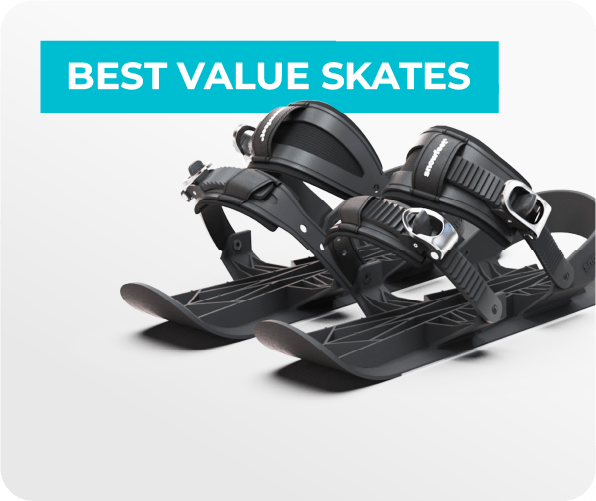
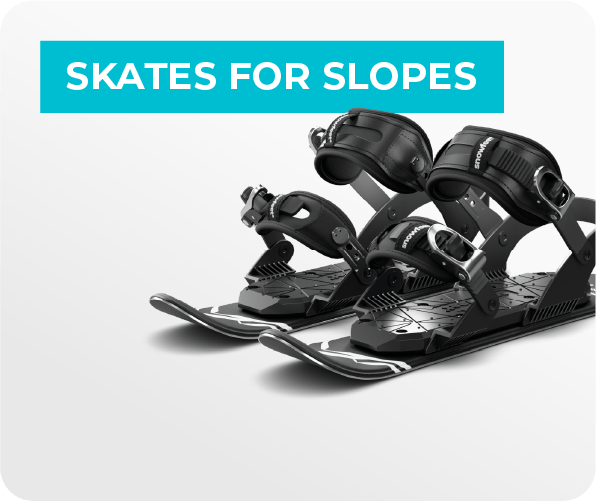
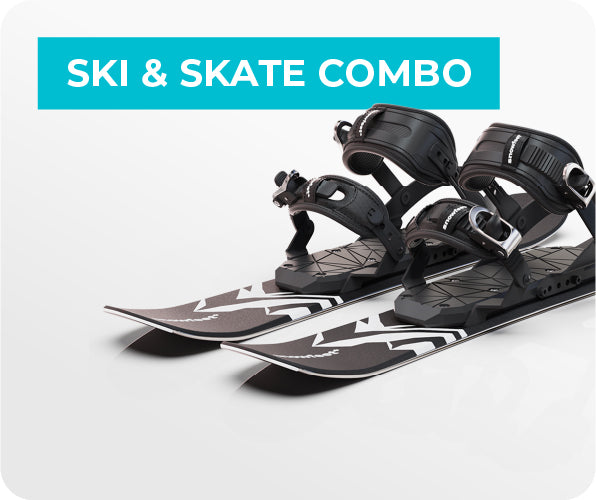
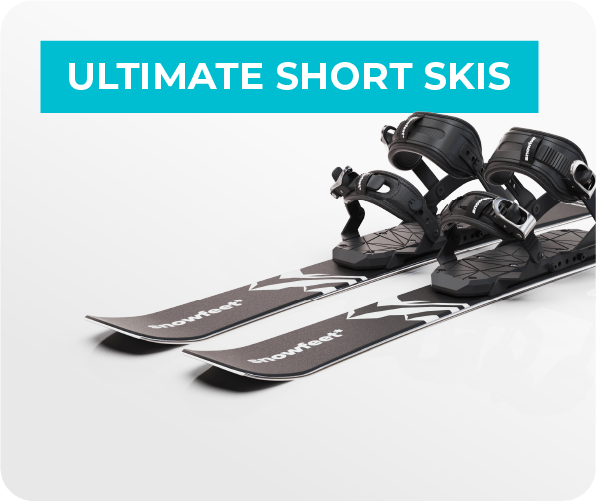
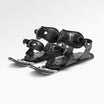
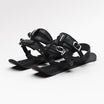
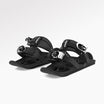
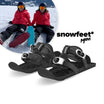
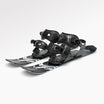
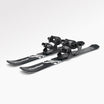
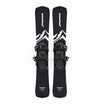
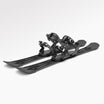
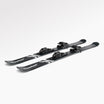
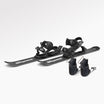
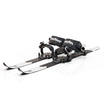
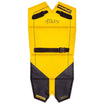
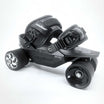

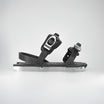
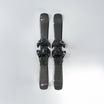
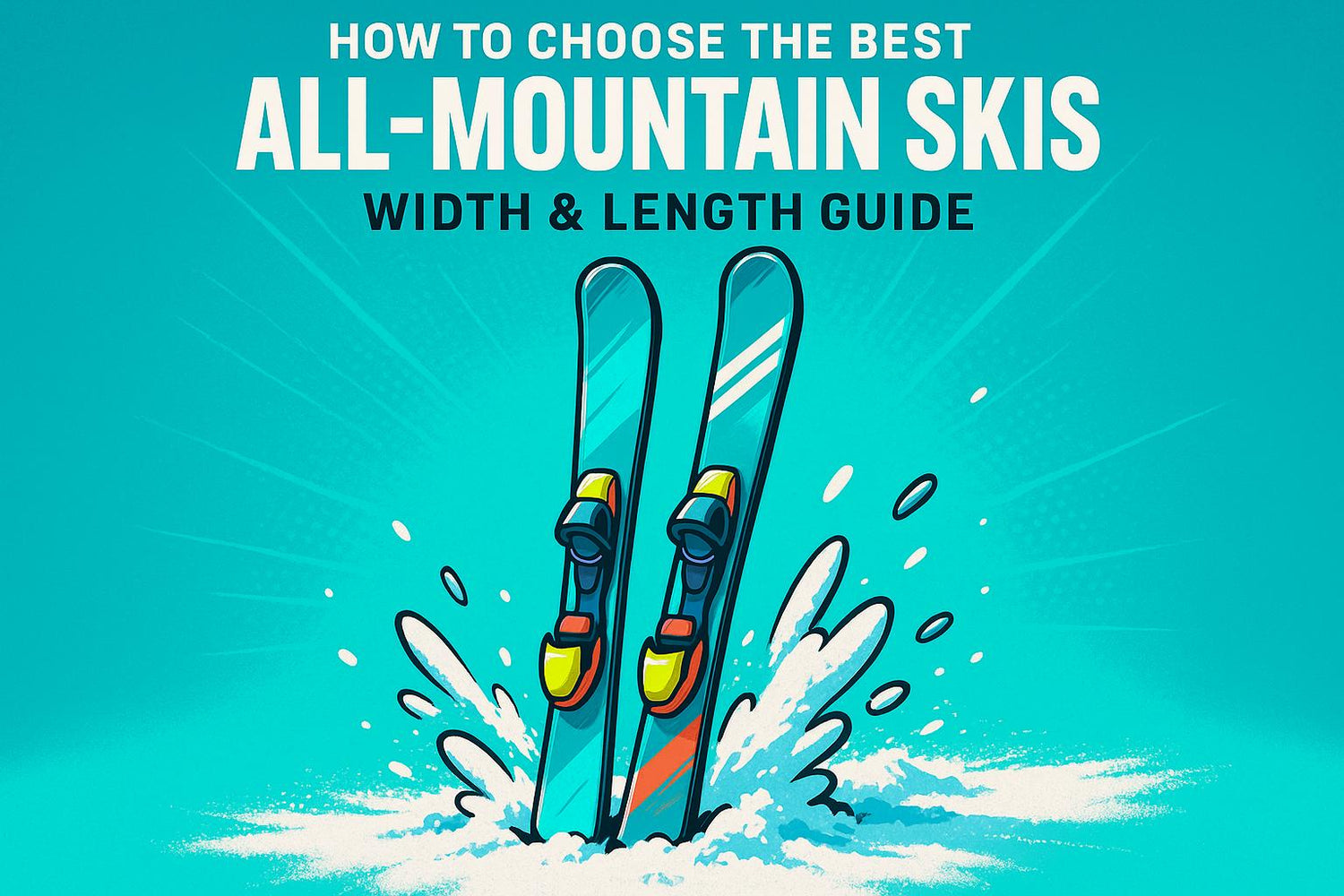
![All-Mountain Skis Explained: Your Guide to the One-Ski Quiver [2025]](http://www.snowfeetstore.com/cdn/shop/articles/ALL_MOUNTAIN_EXPLAINED_652a5e66-da62-417f-bad0-5aa080c9bf31-5081289.png?v=1758688819&width=1536)
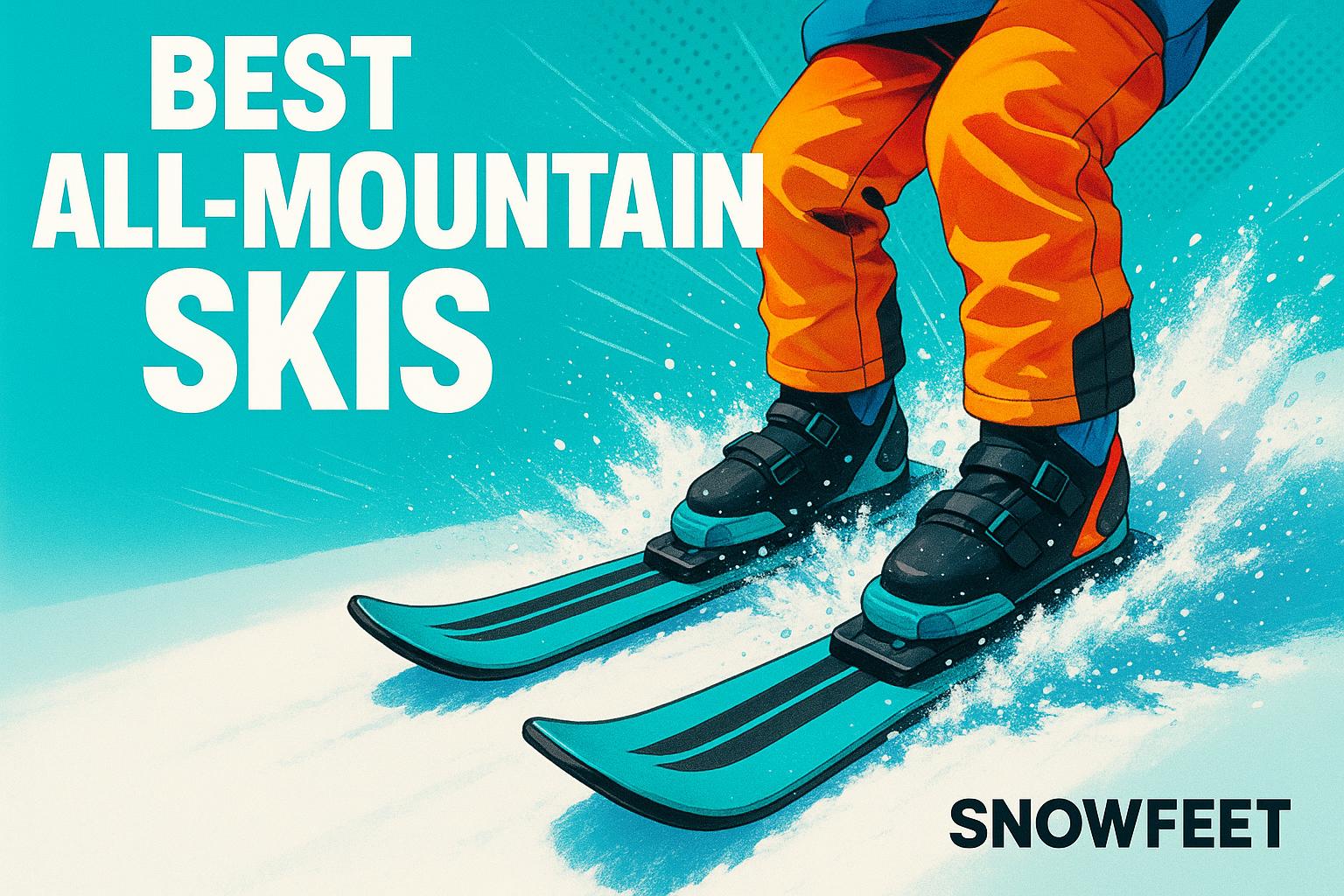
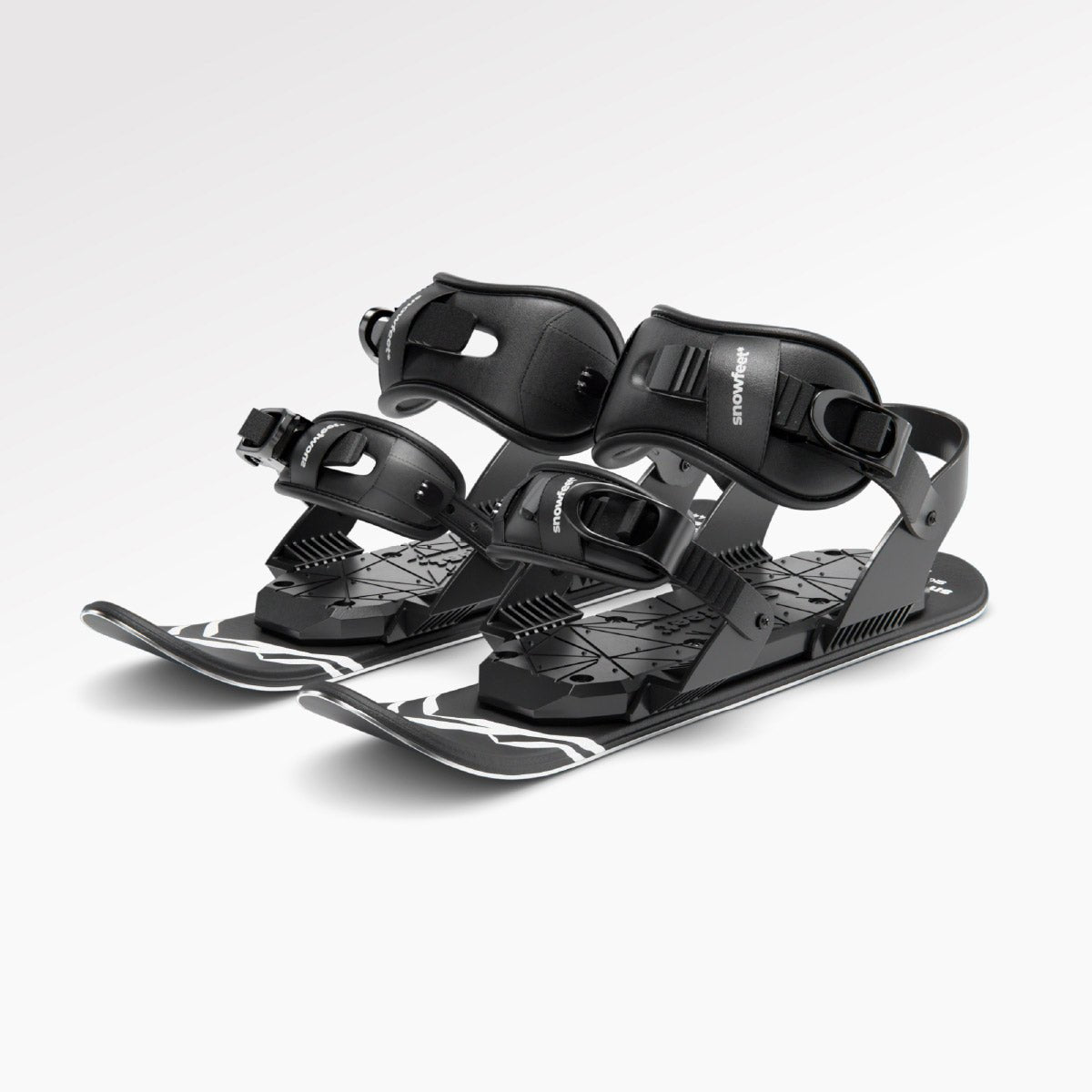
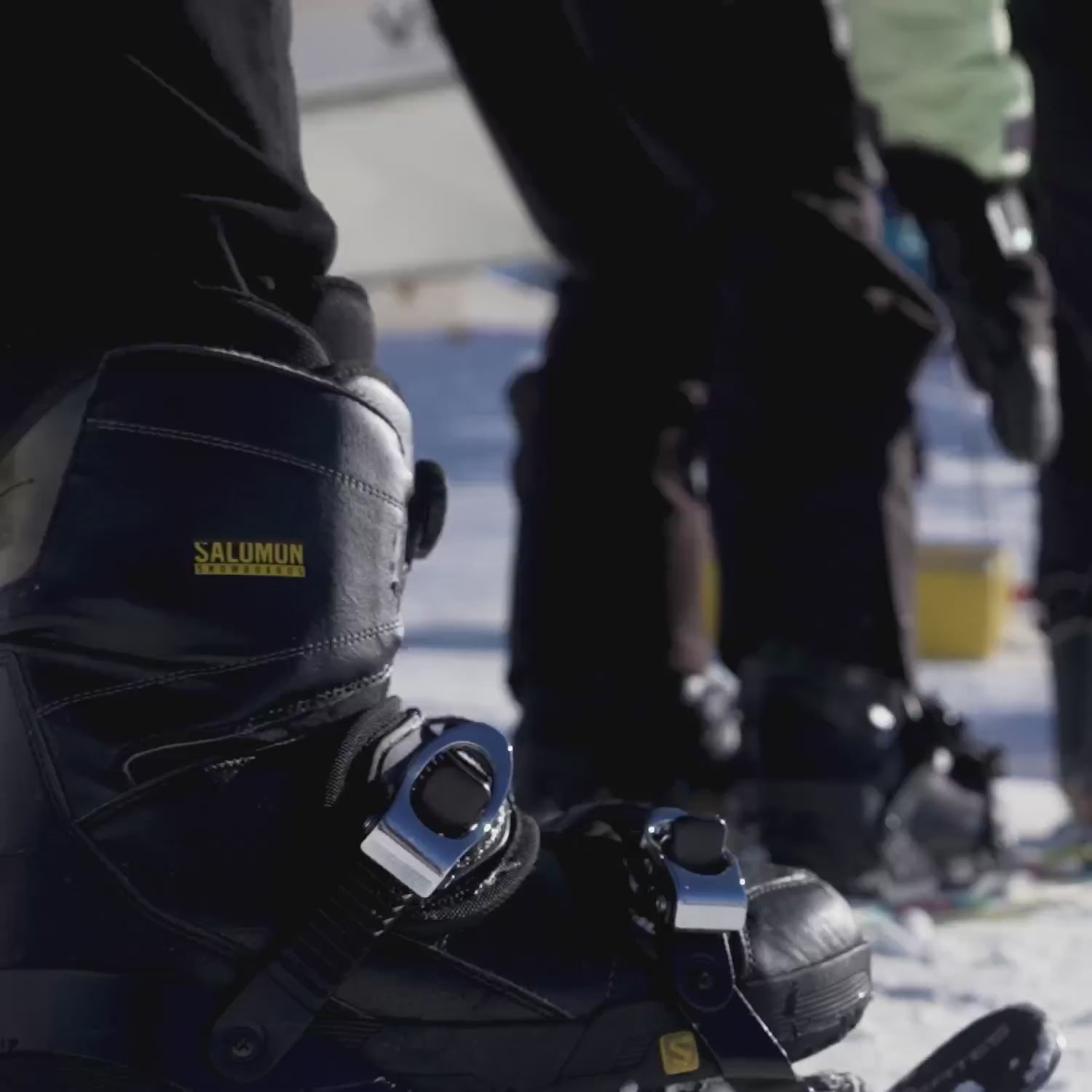
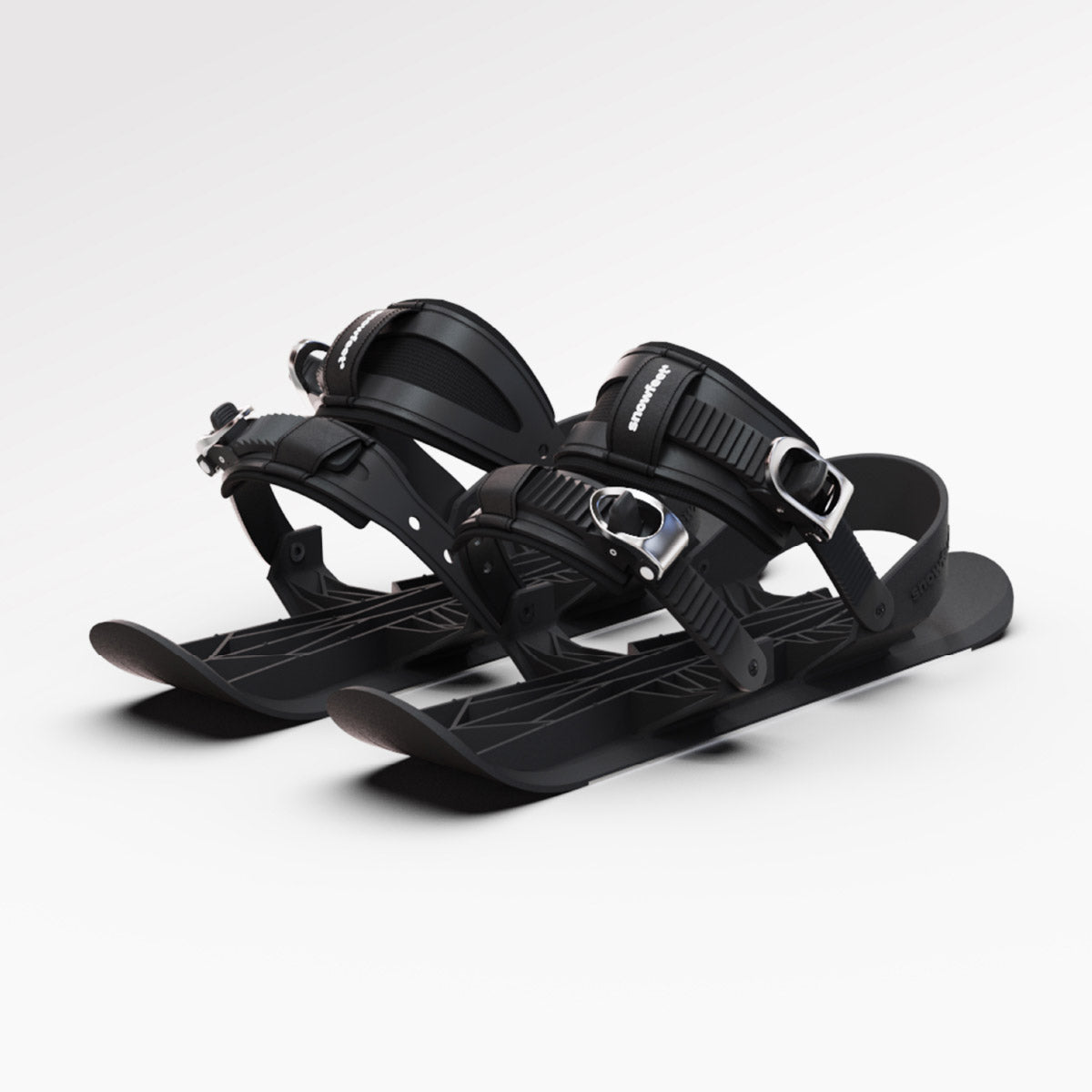

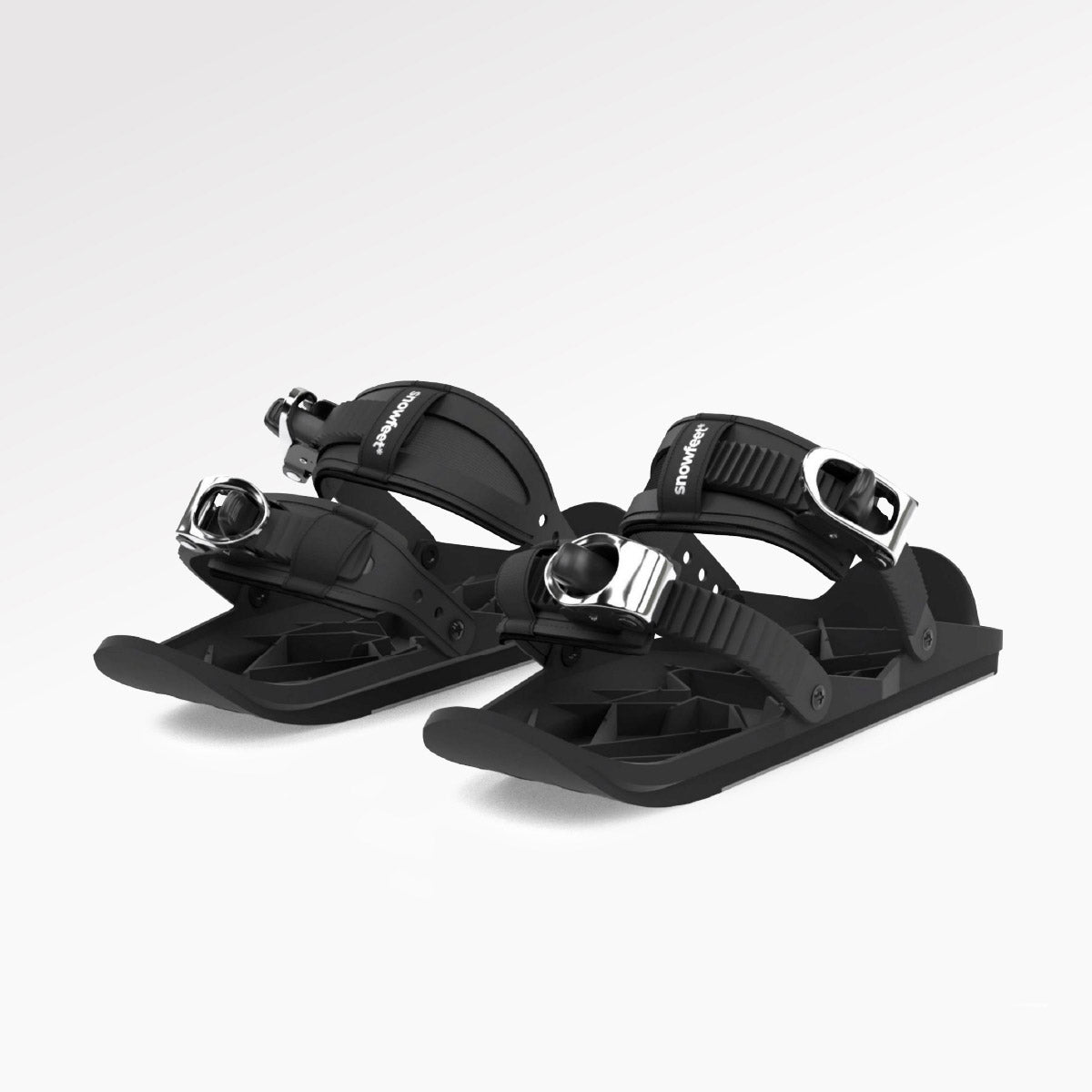
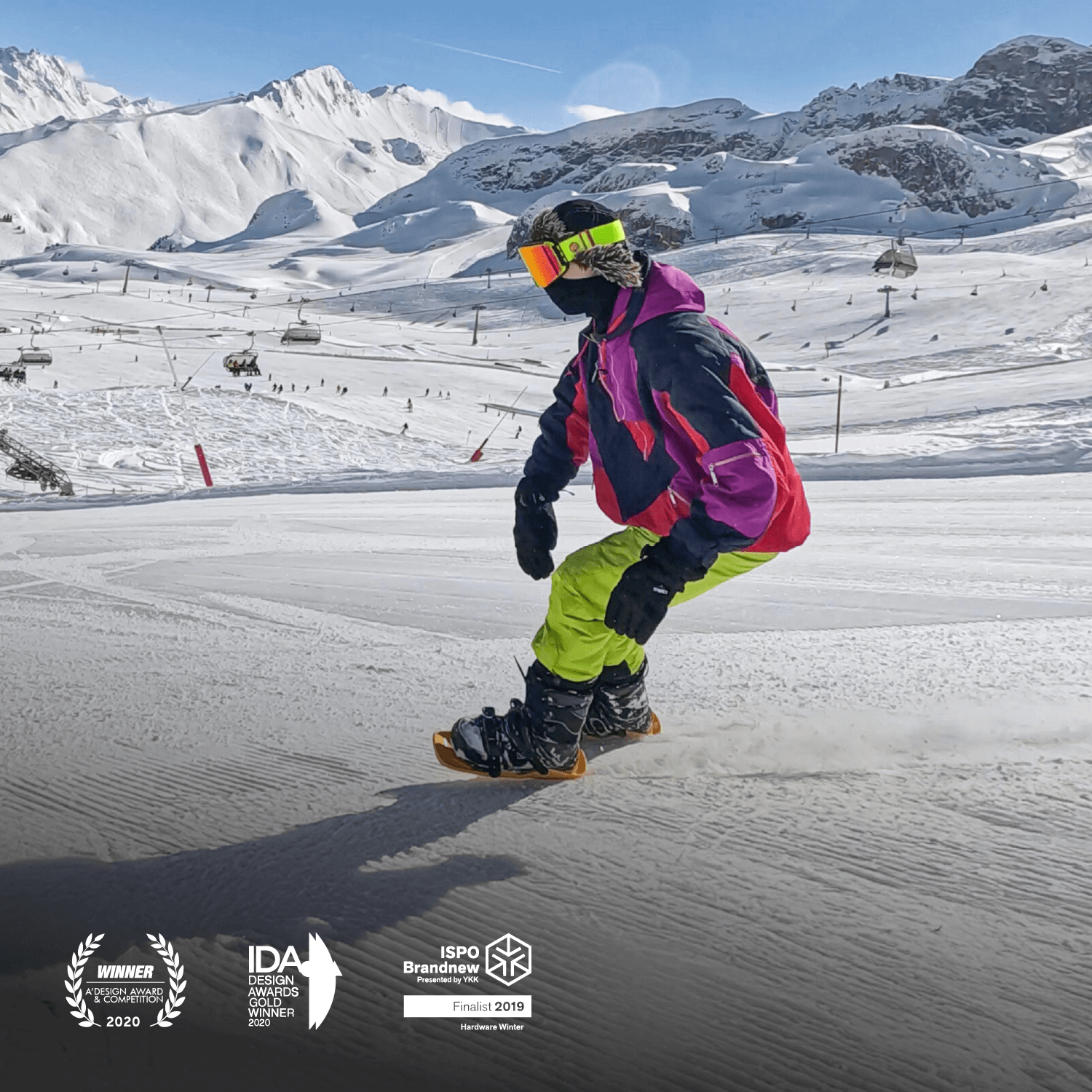
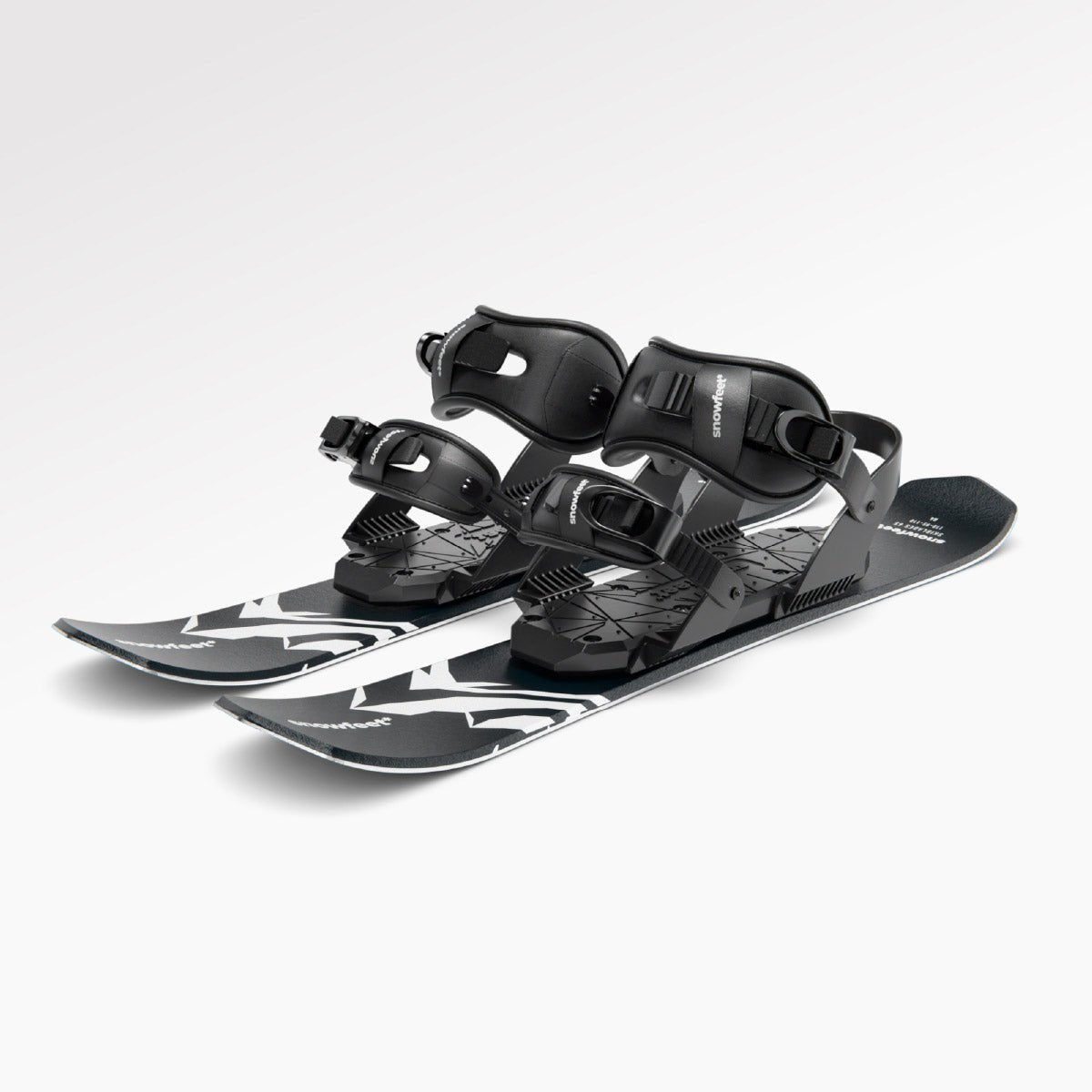
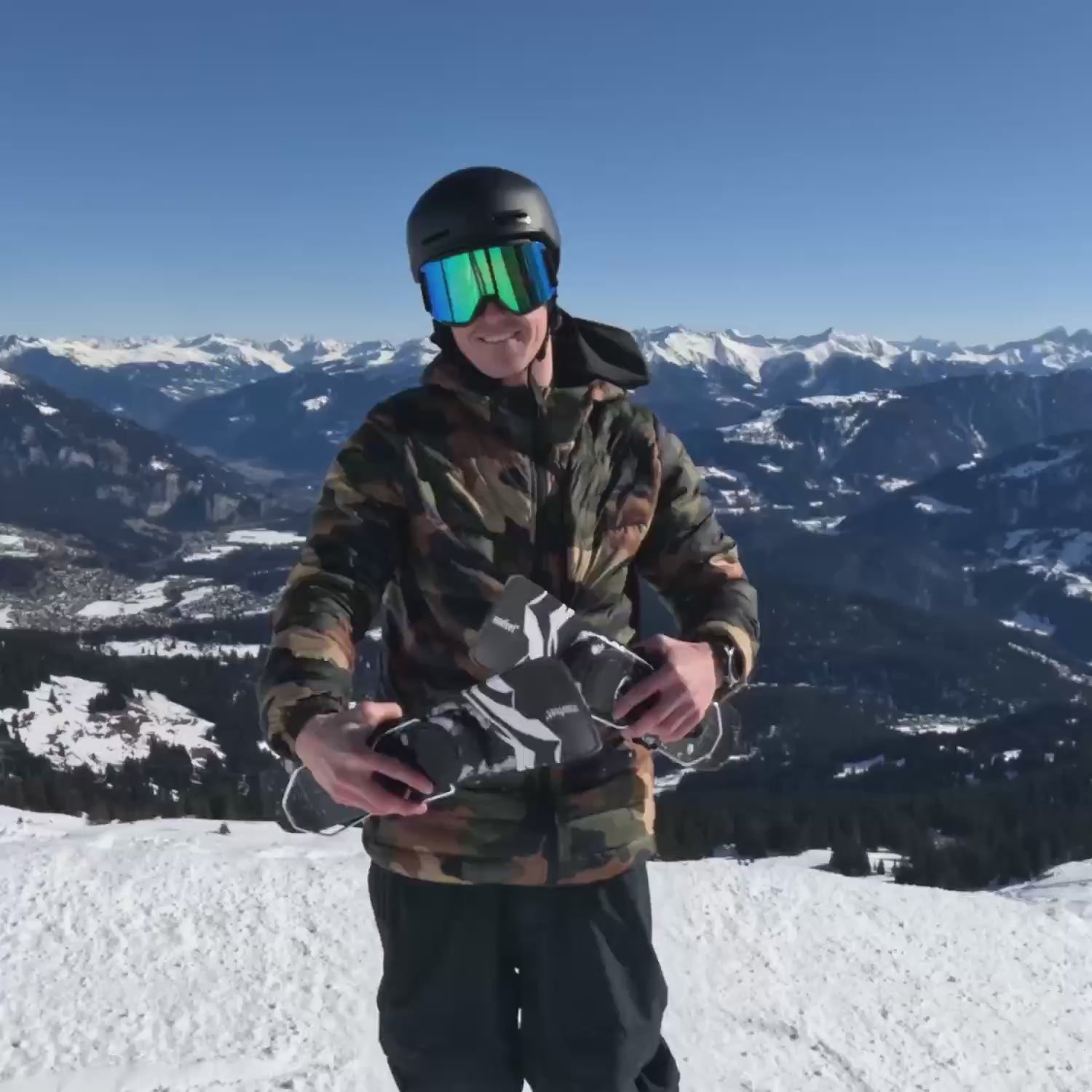
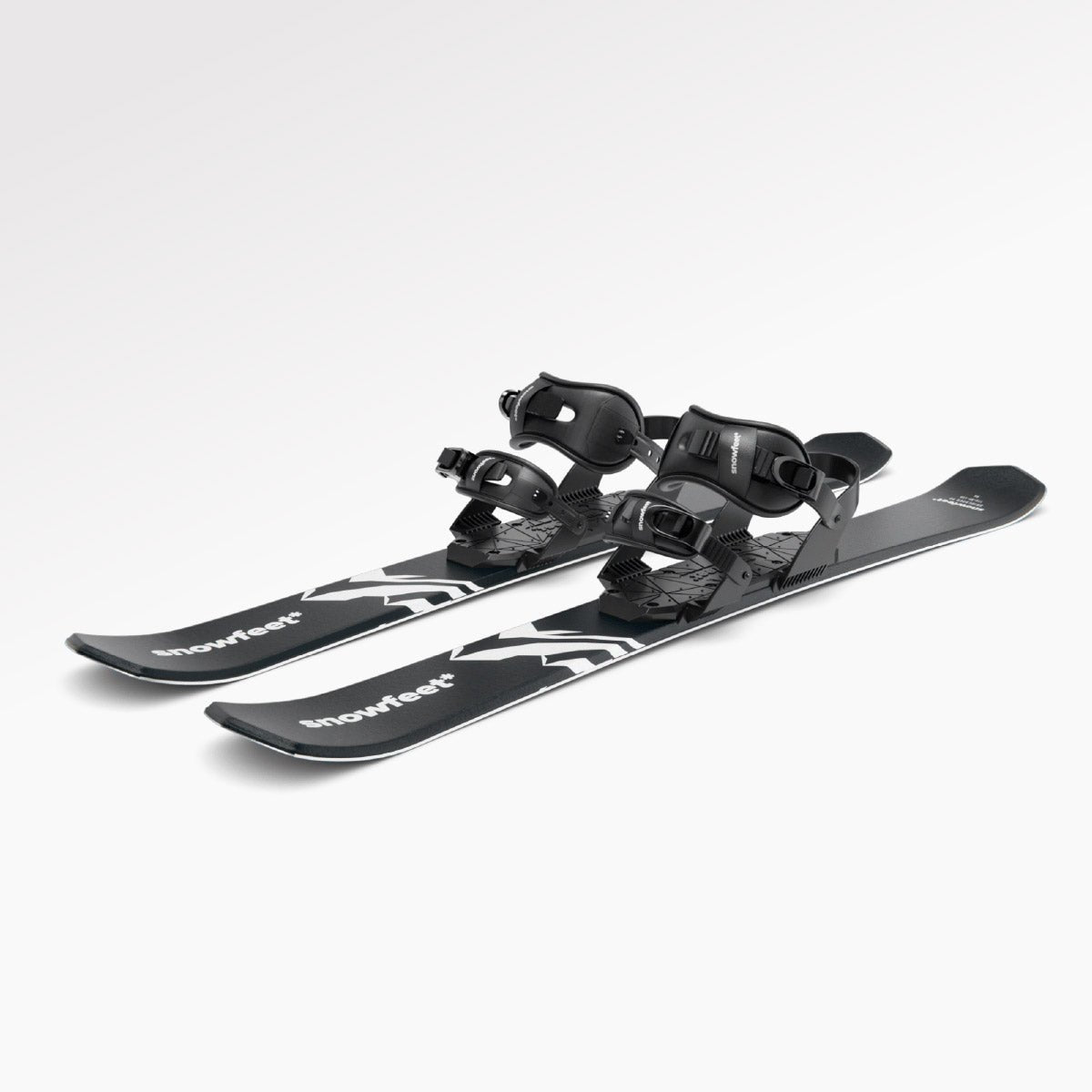
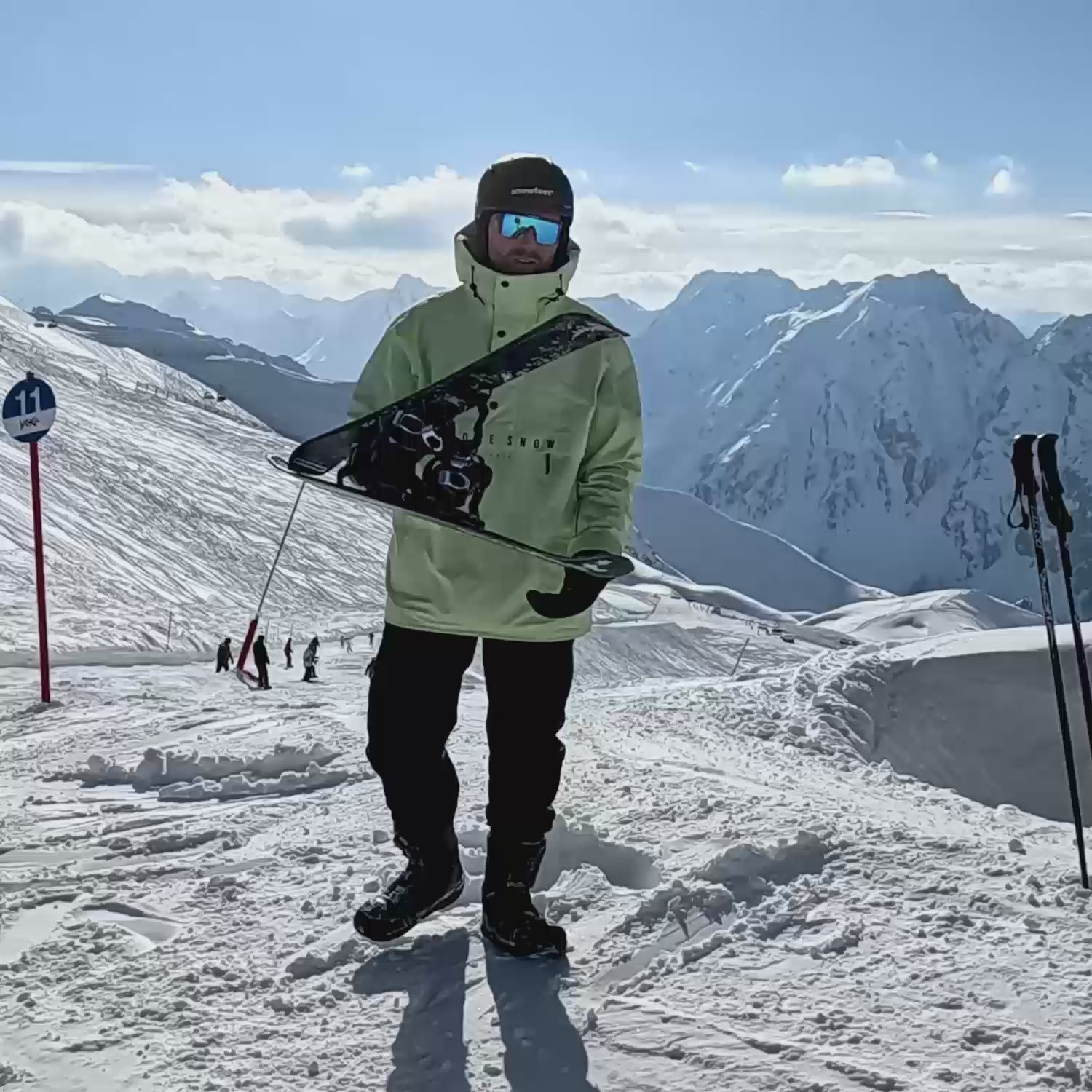
Leave a comment
This site is protected by hCaptcha and the hCaptcha Privacy Policy and Terms of Service apply.